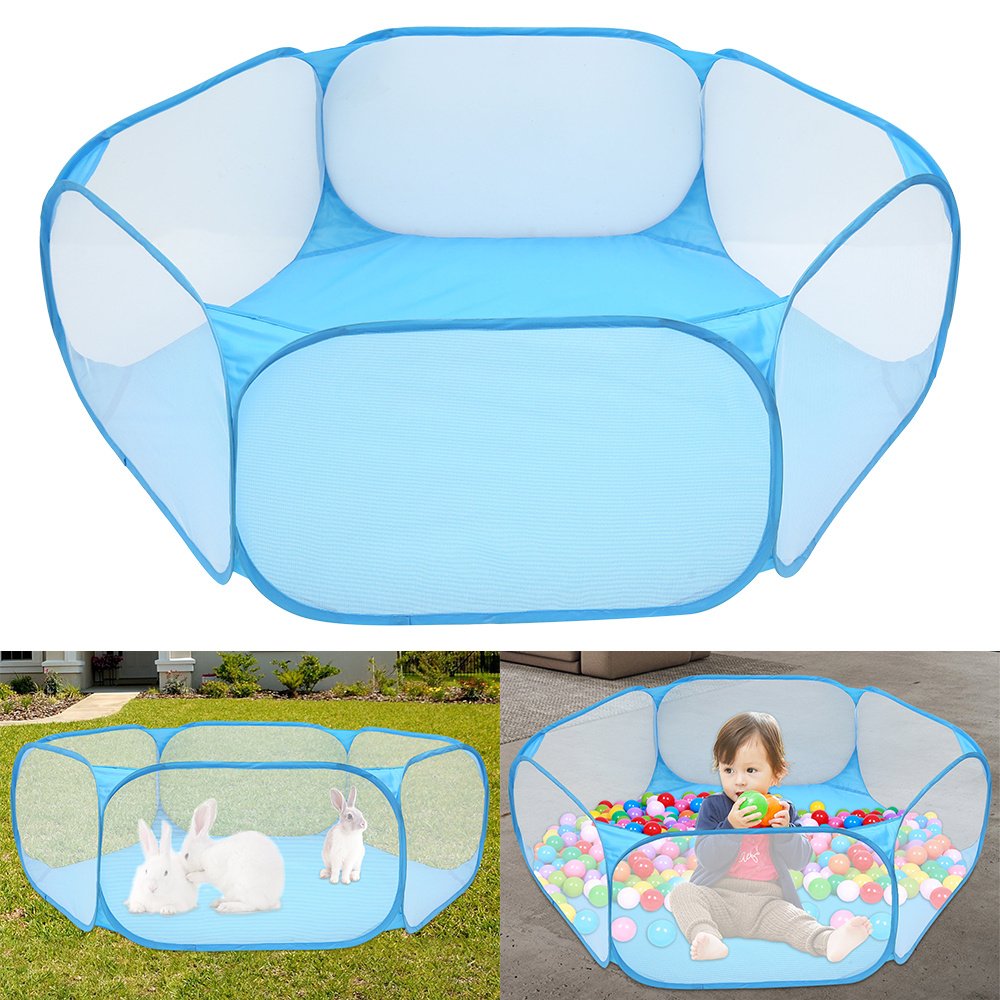Play tents are valuable tools for children’s play and development. They provide a safe, enclosed space where children can engage in imaginative and creative activities, which are essential for fostering healthy development. Inside a play tent, kids can create their own little world, whether it’s a castle, a spaceship, or a cozy reading nook. This type of play encourages them to use their imagination and think creatively.
Play tents also offer a space for independent play, allowing children to entertain themselves and develop important skills. When kids play on their own in a tent, they learn self-regulation as they decide what to do and how to play. They also practice problem-solving skills by figuring out how to set up their tent, what games to play, and how to navigate their small space. Additionally, the private nature of a play tent can give children a sense of ownership and control over their environment, which is important for building confidence and independence.
Children are drawn to play tents for several reasons. Firstly, play tents provide them with a sense of privacy and personal space, creating a cozy environment where they can retreat from the hustle and bustle of daily life. This can be particularly important in busy households or shared living spaces, where having a designated area that belongs just to them can feel comforting and reassuring.
Secondly, play tents stimulate children’s imagination and creativity. Inside a tent, kids can transform the space into anything they desire—a secret hideout, a magical castle, a jungle safari, or even a spaceship exploring distant planets. This imaginative play not only entertains them but also helps develop their cognitive abilities, problem-solving skills, and social interactions if they play with others.
Additionally, play tents offer a sense of ownership and control. Children can personalize their tent with toys, cushions, and blankets, creating a space that reflects their individual preferences and tastes. This ownership fosters a sense of responsibility and independence as they take care of their special play area.
Furthermore, play tents can serve as a cozy reading nook or a quiet place for relaxation. They provide a comfortable spot where children can curl up with a book, listen to music, or engage in other calming activities. This helps promote a positive association with quiet time and encourages healthy habits of self-soothing and relaxation.

The main differences between a play tent and a playhouse lie in their structure, location, and materials:
- Structure:
- Play Tent: A play tent is typically collapsible and made from lightweight materials like fabric or mesh. It often pops up into shape when unfolded and can be easily folded for storage or transport.
- Playhouse: A playhouse is a more substantial structure, often made from plastic or wood. It is usually solid and freestanding, resembling a miniature house with walls, a roof, windows, and sometimes even doors.
- Location:
- Play Tent: Play tents are designed for indoor use. They are portable and can be set up in any room of the house, providing a temporary play space that can be easily moved or put away.
- Playhouse: Playhouses are typically used outdoors in the backyard or garden. They are more permanent fixtures and are often larger in size compared to play tents.
- Materials:
- Play Tent: Play tents are usually made from fabric or mesh materials supported by lightweight poles or frames. The fabric can vary in thickness and design, often featuring colorful patterns or themes.
- Playhouse: Playhouses are constructed from durable materials such as plastic or wood. They are designed to withstand outdoor weather conditions and provide a sturdier play environment.
- Purpose:
- Play Tent: Play tents are versatile and can serve as a private space for imaginative play, reading nooks, or even sleepovers. They encourage creativity and provide a cozy retreat within the home.
- Playhouse: Playhouses are more focused on outdoor play and may include features like slides, swings, or sandboxes. They offer a larger play area and are often used for active play and social interaction.

Are play tents safe to sleep in?
She says there are three ways the products present danger to small children. They include an entanglement hazard, the potential of a child getting stuck between the crib mattress and the crib tent, and, the possibility of a pole from the tent becoming dislodged, and puncturing a child.



 Men’s Clothing
Men’s Clothing Woman’s Clothing
Woman’s Clothing




